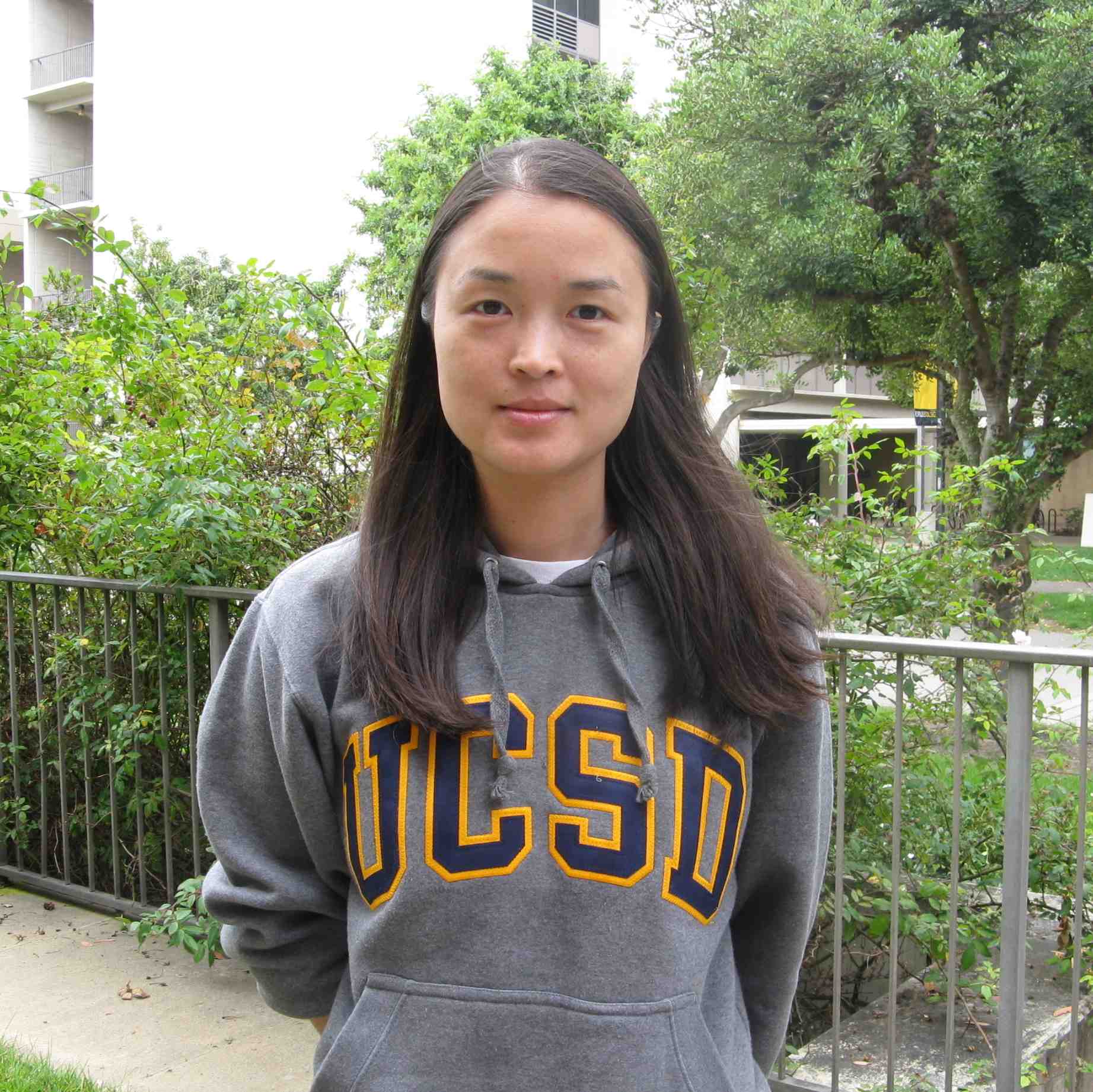Structural and mechanistic studies of NF-kB2/p100
Zhihua Tao
Appointment Period: 2010-2012, Grant Years: [26,27]
 My research project is designed to investigate the mechanism of signal induced processing of p100. I am testing the hypothesis that processing and inhibitory activities of p100 are coupled and tightly regulated by i) mapping inter- domain interactions in p100 and the domain orientation in the assembled complex, ii) quantitatively determining strength of each sub-complex, iii) visualizing the sub-complexes and fully assembled p100:NF-kB complexes by x-ray crystallography. Using an in vitro assay we will examine whether processing and degradation are linked to the molecular states of p100.
My research project is designed to investigate the mechanism of signal induced processing of p100. I am testing the hypothesis that processing and inhibitory activities of p100 are coupled and tightly regulated by i) mapping inter- domain interactions in p100 and the domain orientation in the assembled complex, ii) quantitatively determining strength of each sub-complex, iii) visualizing the sub-complexes and fully assembled p100:NF-kB complexes by x-ray crystallography. Using an in vitro assay we will examine whether processing and degradation are linked to the molecular states of p100.
I have completed first two parts of these studies and have made significant progress in part three (visualization of p100 assembly). I have crystallized two large fragments of p100. I have completed the structure of one of these fragments (IkBd-407-756) at 3.3 Å resolution and am currently completing the other structure (IkBd-407-851). From the structure of the first fragment, it is clear how the C-terminal IkBd domain of p100 assembles into a dimer and such assembly could in principle accommodate two NF-kB monomers for inhibition. Affinity measurements of IkBd with different complexes suggest that inhibition of NF-kB subunits is accomplished through dimerization of the NF-kB monomer to the p52 domain of p100 that is linked covalently to the IkBd domain. These structures and biochemical studies will be complemented with cell-based studies to understand how p100 processing is regulated in cells.
PUBLICATIONS (resulting from this training)
Tao Z, Huang D, Ghosh G. Crystal structure of Inhibitor kappaBalpha and its implications in the mechanism of p100 processing. (2012) In preparation.
Vasicek L, O'Brien JP, Browning KS, Tao Z, Liu HW, Brodbelt JS. Mapping protein surface accessibility via an electron transfer dissociation selectively cleavable hydrazone probe. Mol Cell Proteomics. 2012 Mar 5. [Epub ahead of print] PubMed PMID: 22393264.
Other publications (prior to Training Grant appointment):
Tao Z, Barker J, Shi SD, Gehring M, Sun S. Steady-State Kinetic and Inhibition Studies of the Mammalian Target of Rapamycin (mTOR) Kinase Domain and mTOR Complexes. Biochemistry. 2010 Oct 5;49(39):8488-98. PMID: 20804212.
Tao Z, Gao P, Liu HW. Studies of the expression of human poly(ADP-ribose) polymerase-1 in Saccharomyces cerevisiae and identification of PARP-1 substrates by yeast proteome microarray screening. Biochemistry. 2009 Dec 15;48(49):11745-54. PMID: 19877712.
Tao Z, Gao P, Liu HW. Identification of the ADP-ribosylation sites in the PARP-1 automodification domain: analysis and implications. J Am Chem Soc. 2009 Oct 14;131(40):14258-60. PMID: 19764761.
Tao Z, Gao P, Hoffman DW, Liu HW. Domain C of human poly(ADP-ribose) polymerase-1 is important for enzyme activity and contains a novel zinc-ribbon motif. Biochemistry. 2008 May 27;47(21):5804-13. Epub 2008 May 2. PMID: 18452307.
Karthikeyan S, Zhou Q, Zhao Z, Kao CL, Tao Z, Robinson H, Liu HW, Zhang H. Structural analysis of Pseudomonas 1-aminocyclopropane-1-carboxylate deaminase complexes: insight into the mechanism of a unique pyridoxal-5'-phosphate dependent cyclopropane ring-opening reaction. Biochemistry. 2004 Oct 26;43(42):13328-39. PMID: 15491139.
Karthikeyan S, Zhao Z, Kao CL, Zhou Q, Tao Z, Zhang H, Liu HW. Structural analysis of 1-aminocyclopropane-1-carboxylate deaminase: observation of an aminyl intermediate and identification of Tyr 294 as the active-site nucleophile. Angew Chem Int Ed Engl. 2004 Jun 28;43(26):3425-9. PMID: 15221829.
Tao, Z.; Ren, H. Regulation of Plant Actin Filaments by Gelsolin and its Distribution in Pollen. Science in China 2003, 33, 1-8.
Yi, K.; Tao, Z.; Ren, H. Effects of ATP and K+ on Actin Binding to Profilin and Applications for the Purification of Actin from Maize Pollen. Acta Botanica Sinica, 2001, 43, 699-703.
 My research project is designed to investigate the mechanism of signal induced processing of p100. I am testing the hypothesis that processing and inhibitory activities of p100 are coupled and tightly regulated by i) mapping inter- domain interactions in p100 and the domain orientation in the assembled complex, ii) quantitatively determining strength of each sub-complex, iii) visualizing the sub-complexes and fully assembled p100:NF-kB complexes by x-ray crystallography. Using an in vitro assay we will examine whether processing and degradation are linked to the molecular states of p100.
My research project is designed to investigate the mechanism of signal induced processing of p100. I am testing the hypothesis that processing and inhibitory activities of p100 are coupled and tightly regulated by i) mapping inter- domain interactions in p100 and the domain orientation in the assembled complex, ii) quantitatively determining strength of each sub-complex, iii) visualizing the sub-complexes and fully assembled p100:NF-kB complexes by x-ray crystallography. Using an in vitro assay we will examine whether processing and degradation are linked to the molecular states of p100.